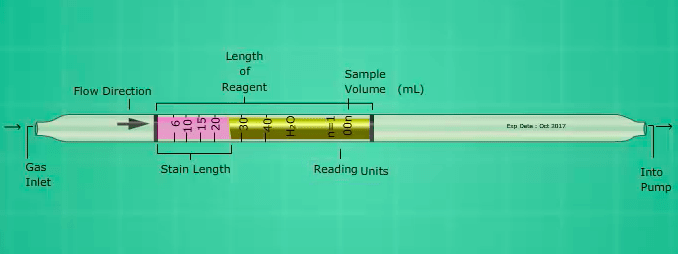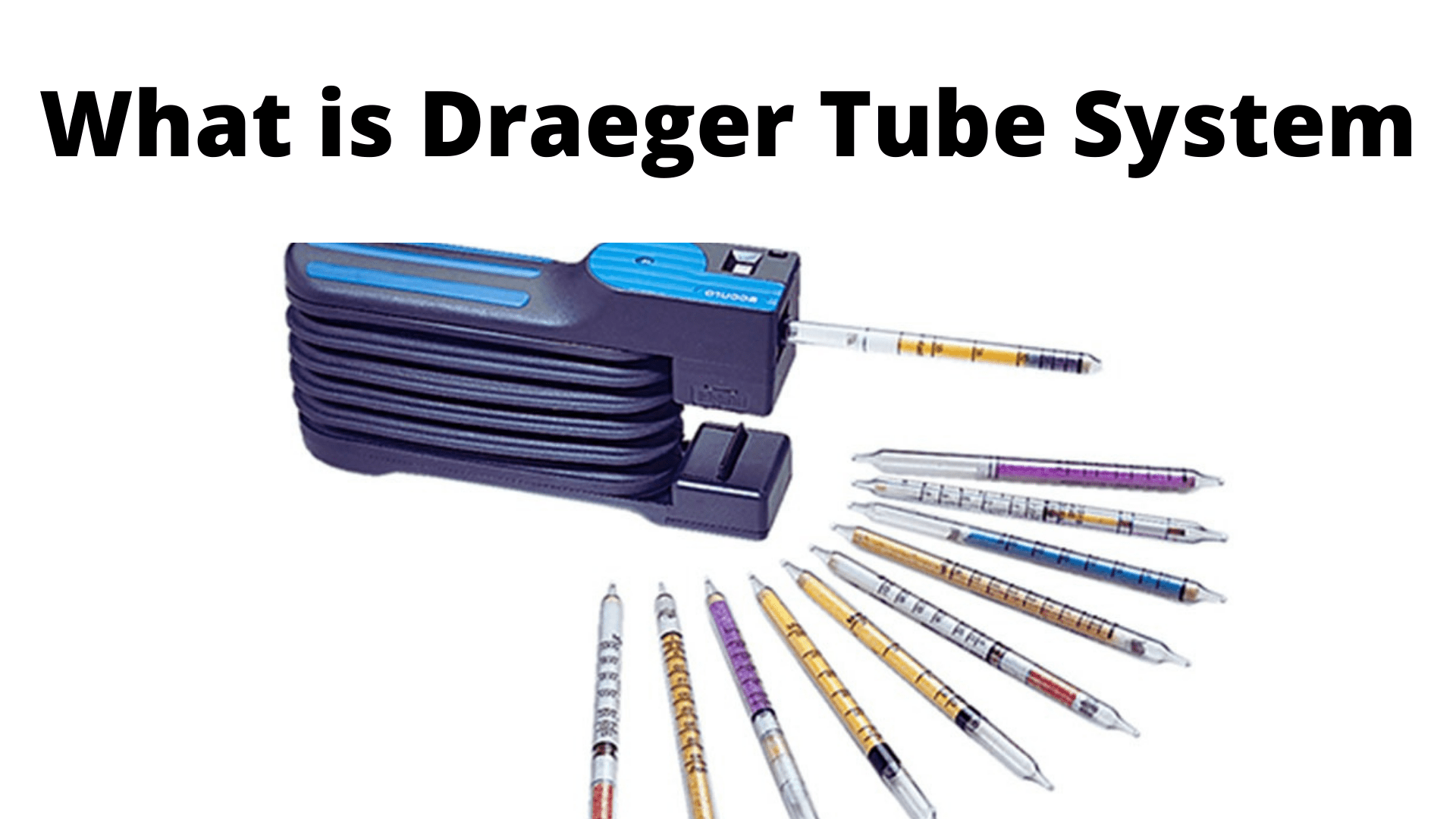The most commonly used multi gas detector on board ship is the Draeger–tube system. Glass vials known as Draeger tubes are filled with chemical reagents. The reagents in the tube react with a specific chemical or a family of chemicals.
Table of Contents
ToggleHow to use Draeger tube

The instrument consists of a sealed detector tube .
- To use the instrument first the ends of the sealed tube is broken .
- A specific volume of the atmosphere is drawn through the tube using an aspirator bellow pump designed for the purpose.
- The reagent in the tube changes color if the targeted gas is present and the length of color change indicated the concentration of the gas.
- The pump used in the Draeger tube system is an accuro pump which requires no lubrication as opposed to the piston pump. The pump itself is built to resist corrosion and harsh chemical environments .
Accuracy of results in Draeger Tube
The results obtained using the Draeger tubes are highly accurate. Many tubes can show a standard deviation of +/-10% in the results. It is most important to control the volume of the sample of atmosphere passing through the tube to prevent excessive deviation in the readings. The reagents used in the Draeger tubes are specific to the gas to be measured. Sometimes, pre-layers are used to filter other inferring gases so that only the targeted gas is measured accurately.
The tube-system is one of the easiest to read. The wider the tube, the easier it is to read the gas concentration. The color change over the length of the tube can be read off from the graduations usually in ppm.
There are over 200 different tubes for measuring some 500 different gases. Gases that the Draeger instrument can be used detect include carbon monoxide, chlorine, hydrogen sulfide, organic arsenic compounds, arsine, and phosphoric acid esters, hydrocarbons, among others.
An extension hose is provided to measure the concentration of vapour present at various places in a hose into the pump, the tube is inserted at the other end, the hose is then laid out to the place in the compartment where the gas is to be detected. The pump is then used to suck the gas.
